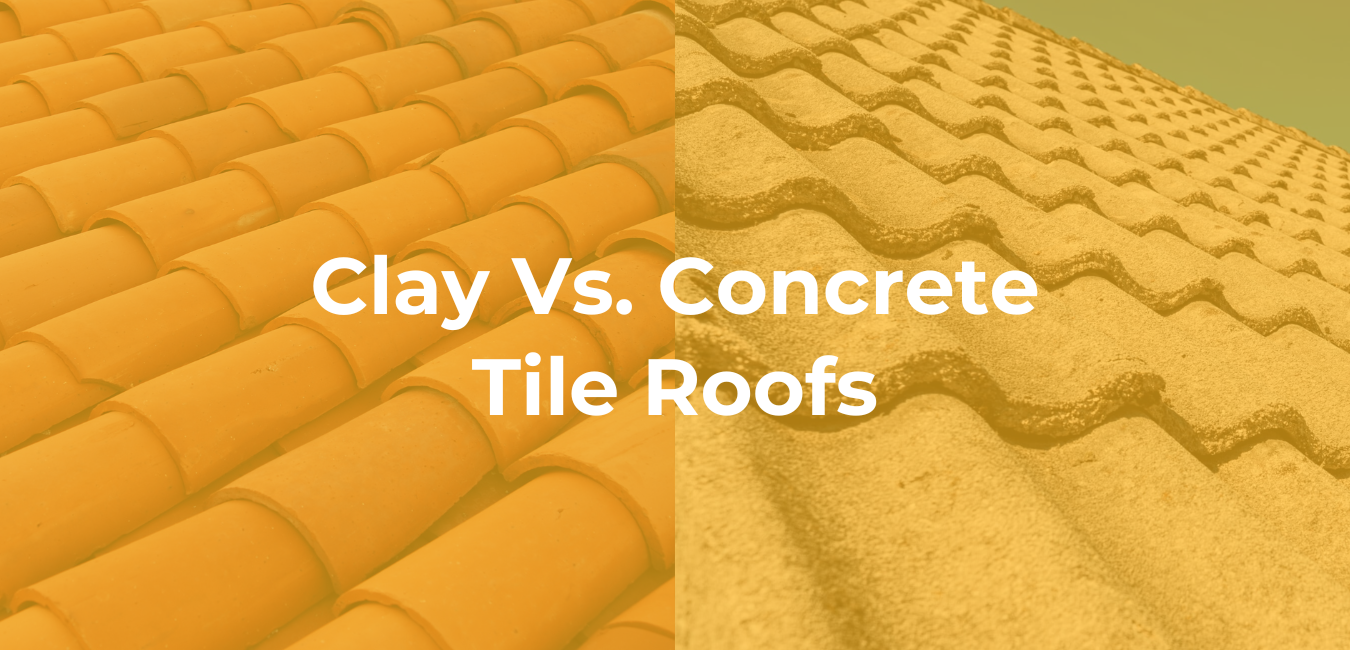Understanding the Basics
Clay tiles have stood the test of time thanks to their natural composition and classic appearance. Manufacturers typically shape them from natural clay and kiln-fire them at high temperatures. These tiles offer traditional beauty, resist fading, and can last over 50 years. In contrast, concrete tiles represent a more modern innovation, created by blending sand, cement, and water. They often replicate the look of clay, slate, or even wood shakes, and many property owners appreciate them for their affordability and versatility.
While both materials perform well across various climates, the differences in performance can make one better suited to a particular type of property than the other.
Durability and Lifespan
In terms of durability, both clay and concrete tiles are strong performers. Clay tiles are naturally resistant to mold, insects, and rot. Their dense form allows them to withstand extreme heat, which makes them ideal for properties in hot, sunny climates. Concrete tiles are also resilient, especially against hail and wind. However, over time, they may absorb more moisture than clay, which can lead to minor issues in regions with heavy freeze-thaw cycles.
For commercial properties or larger residential properties, durability is key when weighing long-term maintenance costs. While both materials are designed to last decades, clay tiles generally outlast concrete ones, with many clay roofs remaining intact for 75 years or more when properly maintained.
Aesthetic Versatility
Clay tiles are well-known for their rich, earthy tones and timeless Mediterranean or Spanish-style appeal. Because the color is baked into the tile, it won’t fade over time—even after years of exposure to the elements. Concrete tiles, while less traditional, come in a wide variety of shapes, colors, and textures. This offers greater flexibility for contemporary designs or properties that aim for a more modern enhancing the curb appeal.
This makes concrete tile especially appealing for commercial buildings that want a distinctive aesthetic or brand-aligned color palette, while clay tile tends to suit upscale properties, historic properties, and architectural styles that call for an old-world charm.
Environmental Impact
Both clay and concrete are considered eco-friendly roofing materials. Clay is 100% natural and recyclable, while concrete tiles can also be recycled and are often made using sustainable manufacturing practices.
Which Is Better for Your Property?
There is no one-size-fits-all answer. For residential properties, clay tile may be ideal if you’re seeking classic elegance and a longer lifespan, and you’re willing to invest more upfront. For commercial buildings or larger residential projects, concrete tile may be the smarter choice.
Still not sure which tile is best for your project? Aspen Contracting is here to help you make the right decision. Our team has the expertise and experience to guide you through every step of the process, from material selection to professional installation. Aspen Contracting is ready to assist. Call us today at 877-784-ROOF or visit roofsbyaspen.com to schedule a consultation. Let’s protect your investment with a roof built to last.


0 Comments